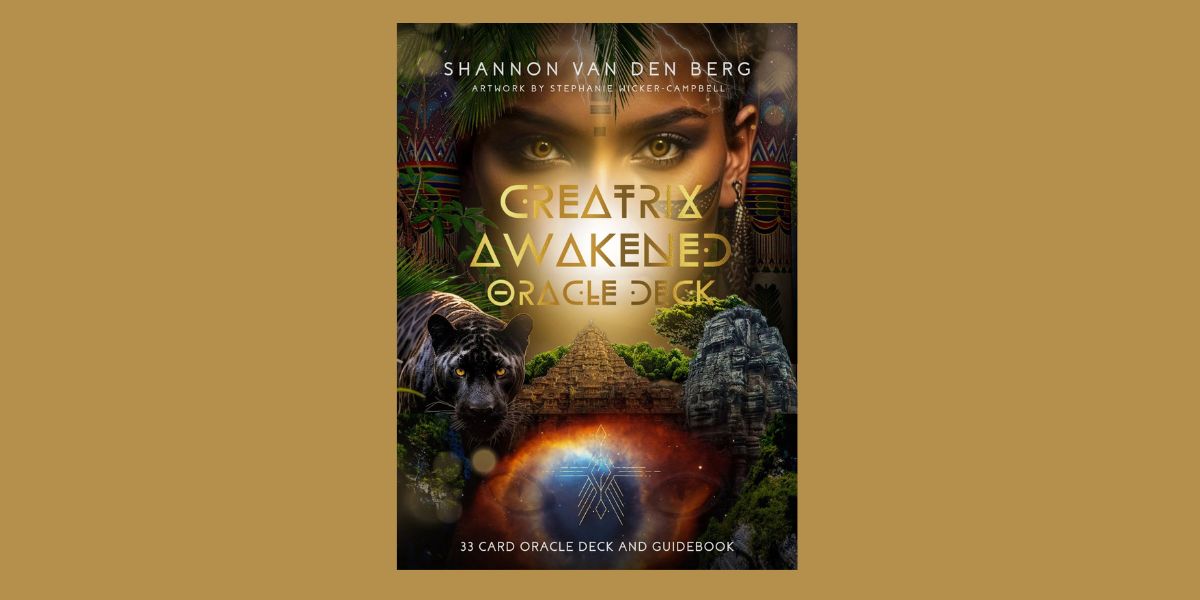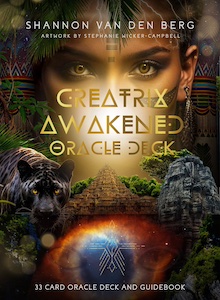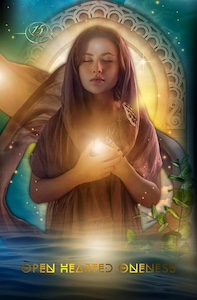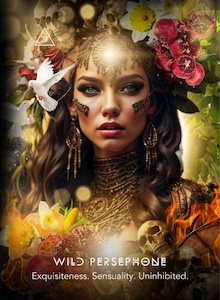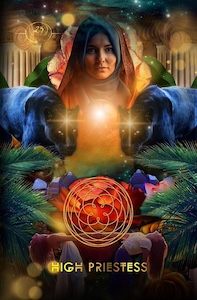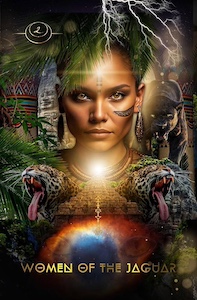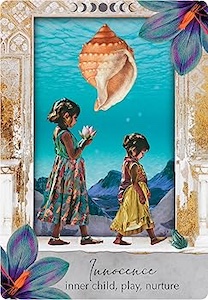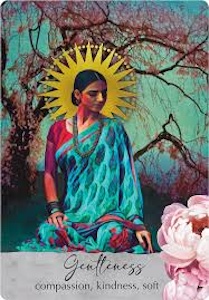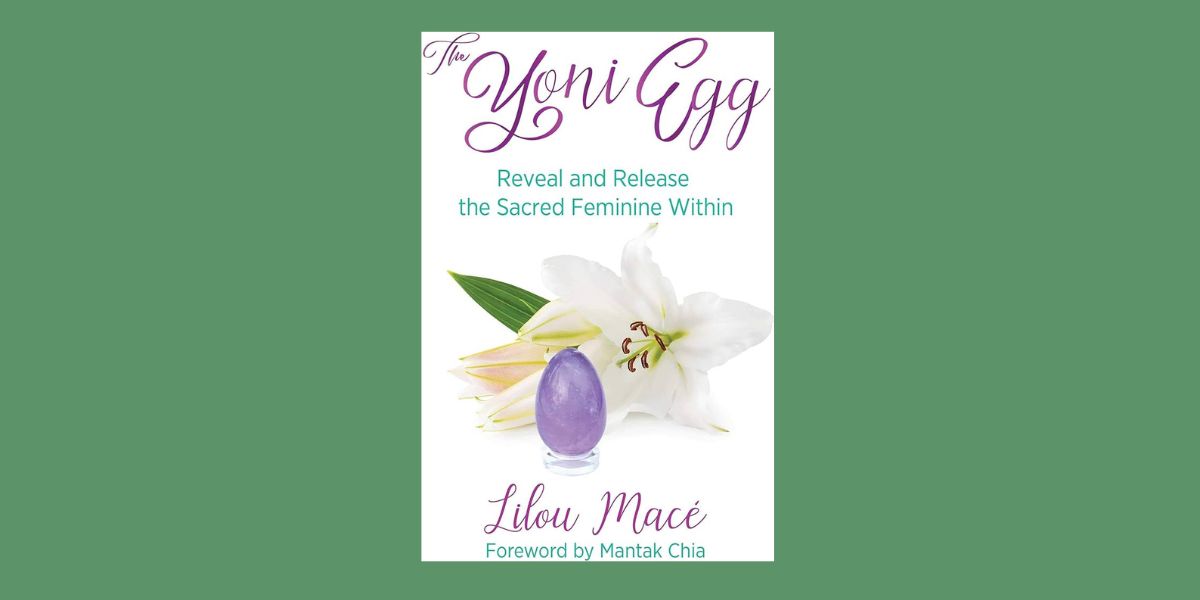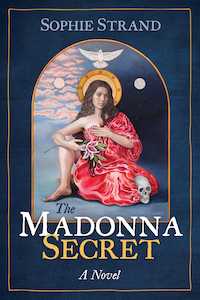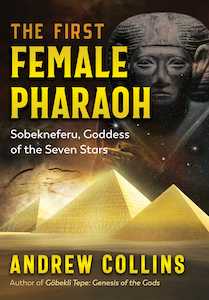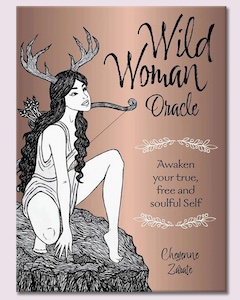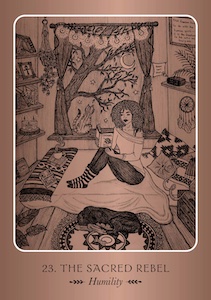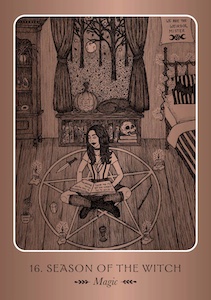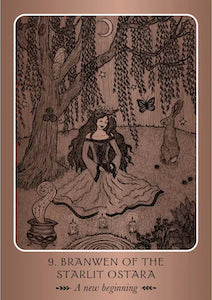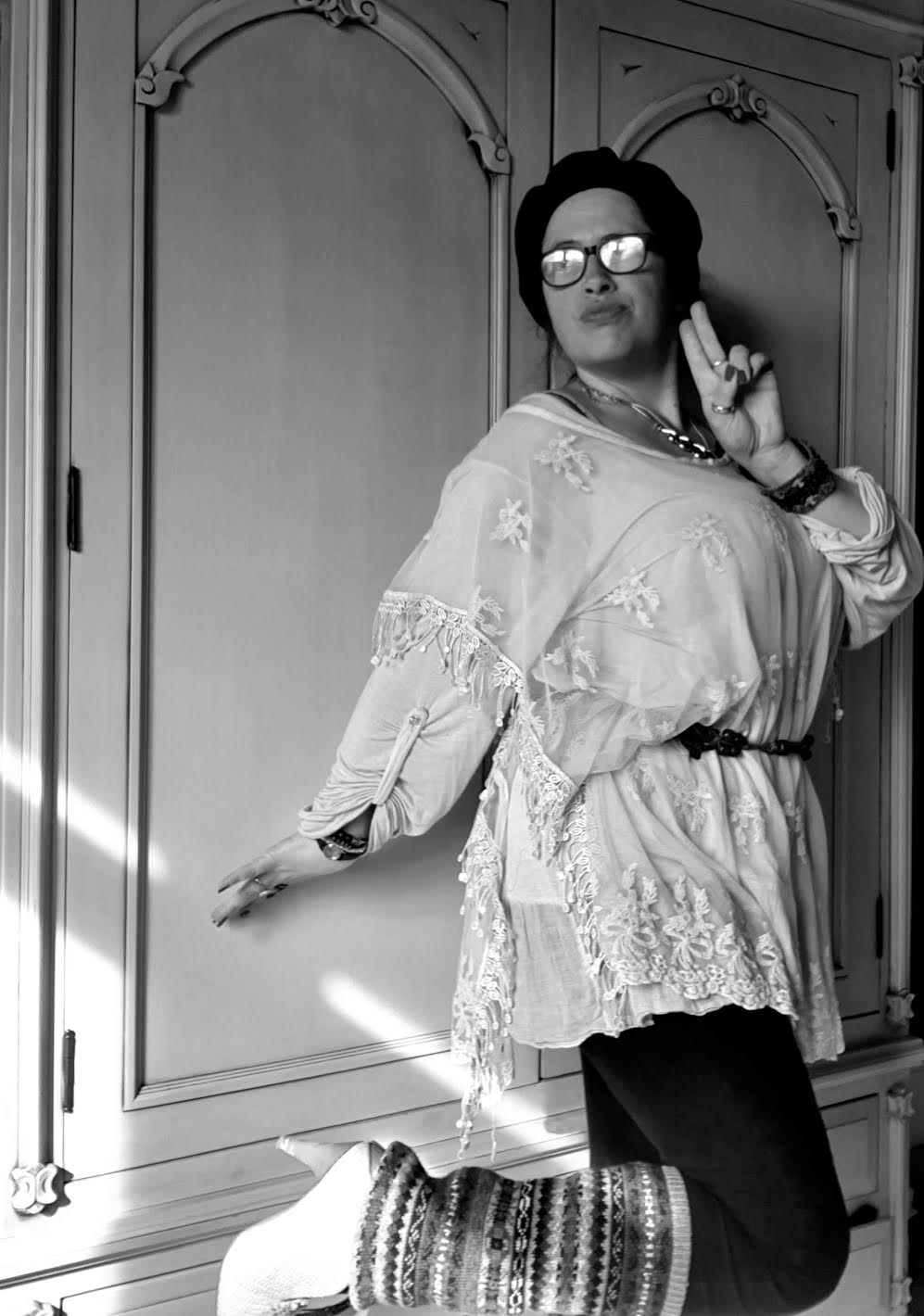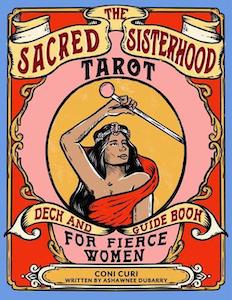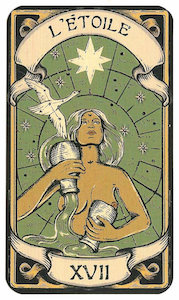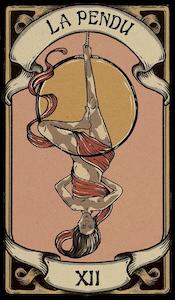
Wise Women Oracle: Reconnect with She Who Knows, by Cheyenne Zarate
Rockpool Publishing, 1922786055, 128 pages, November 2024
Wise Women Oracle: Reconnect with She Who Knows by Cheyenne Zarate is a captivating exploration of femininity, strength, and wisdom through the lens of an oracle deck. This deck is not just a guide but a celebration of the diverse tapestry of women’s experiences, illuminating the wild woman archetype within us all through folklore, history, mythology, and pop culture. It combines beautifully illustrated cards with insightful narratives that inspire introspection and empowerment.
“We can find the wise woman at the crossroads between compassion, empathy, and motherly love, and mystery, magic, and the creative and destructive forces of nature. When we enter her time we seek to challenge ourselves and those around us to live up to our highest potential and integrity, and share our knowledge and wisdom with our children and family and also he greater world.”1

The front of the cards are all a pretty mint green color with monochrome illustrations. The illustrations are very detailed, and there’s a lot to gaze at when working with the card. The back of the cards are all black with four white owls in the corners and a flower in the center. There simplicity of the colors scheme creates relaxing visual experience, invoking the feelings of open-heartedness and connection to nature.
Additionally, the historical range of style in the illustrations is impressive. One card features Stevie Nicks, while another depicts Psyche. From Cailleach to Cinderella, Zarate masterfully intertwines traditional mythology with contemporary themes, creating a bridge between ancient wisdom and modern life. Drawing from many different perspective, the cards tap into a variety of cultures, identities, and stories that the wild woman appears within, enriching the reader’s understanding and appreciation of the multifaceted nature of women’s wisdom.

Beyond its artistic merit of the cards themselves, the guidebook offers practical advice for using the oracle in daily life. Each card is accompanied by a well-crafted description that delves into the history, symbolism, and message of reflective guidance. There’s also a question for each card that prompts the reader to go within for personal insight.
As an example, this morning I pulled the card Akhilanda, She Who is Never Not Broken. The guidebook shares how Ankhilanda is a Hindu goddess who “tells us that the liminal space where we don’t know how to move forward is an empowering place.”2 Zarate shares in the “Symbolism” section how Akhilanda rides a crocodile, and the same way crocodiles clench their prey in their jaws, spinning it until the prey is disoriented and drowns, Akhilanda does the same for us to strip us of our ego’s illusions and false identities and out-dated attachments. In this way, we are given the opportunity t “alchemize our pain and insecurities into greater wisdom and beauty.”3
The question for this card reads:

“How can I vulnerably and compassionately embrace my brokenness so I can reinvent a self that is stronger, wiser, and more beautiful within?”4
Meanwhile, Zarate’s writing in the “Reflection” section encourages readers to remember their infinite potential and courageously choosing to discard the versions of self that have become stagnant. She notes that when we allow ourselves to fall apart and be reinvented, our new self now contains the wisdom and self-awareness developed from moving through a darker time.
This card was exactly what I needed to hear in the moment! The depth of the single card reading was enough to give me plenty to reflect and journal on during the day, and it was a confirmation that it’s okay to be imperfect and change into a new version of myself. There is no formula for perfection, and the best I can do is continue to integrate the wisdom I’ve accumulated and shapeshifter as needed. I’m going to be whole no matter what!

I’m so excited to continuing working with this deck in the coming months, as the messages from these wild woman is having a resoundingly transformational effect on my soul. Zarate’s choice of women and her interpretation of their wisdom is very moving. I love Zarate’s style of making it so the guidebook shares a mixture of facts about the woman along with intuitive guidance. Readers get to know the women’s historical background along with the translation of the unique medicine she has share with others.
Overall, Wise Woman Oracle is the perfect deck to reconnect with one’s wild spirit. Its combination of engaging visuals and thoughtful narratives makes it both a valuable tool for personal growth and a beautiful deck to treasure. This deck will appeal to anyone interested in exploring the rich, empowering stories of women throughout history and mythology. Whether a seasoned practitioner or a newcomer to oracle readings, Zarate’s work offers inspiration and wisdom for all.
Alanna Kali is an astrologer, numerologist, and pioneer spirit that loves to explore life through the lens of depth psychology. She has a passion for studying the humanities and social trends. Her academic work is centered upon reuniting body, mind, and spirit through eco-psychology. She loves reading, spending time in nature, and travel.

